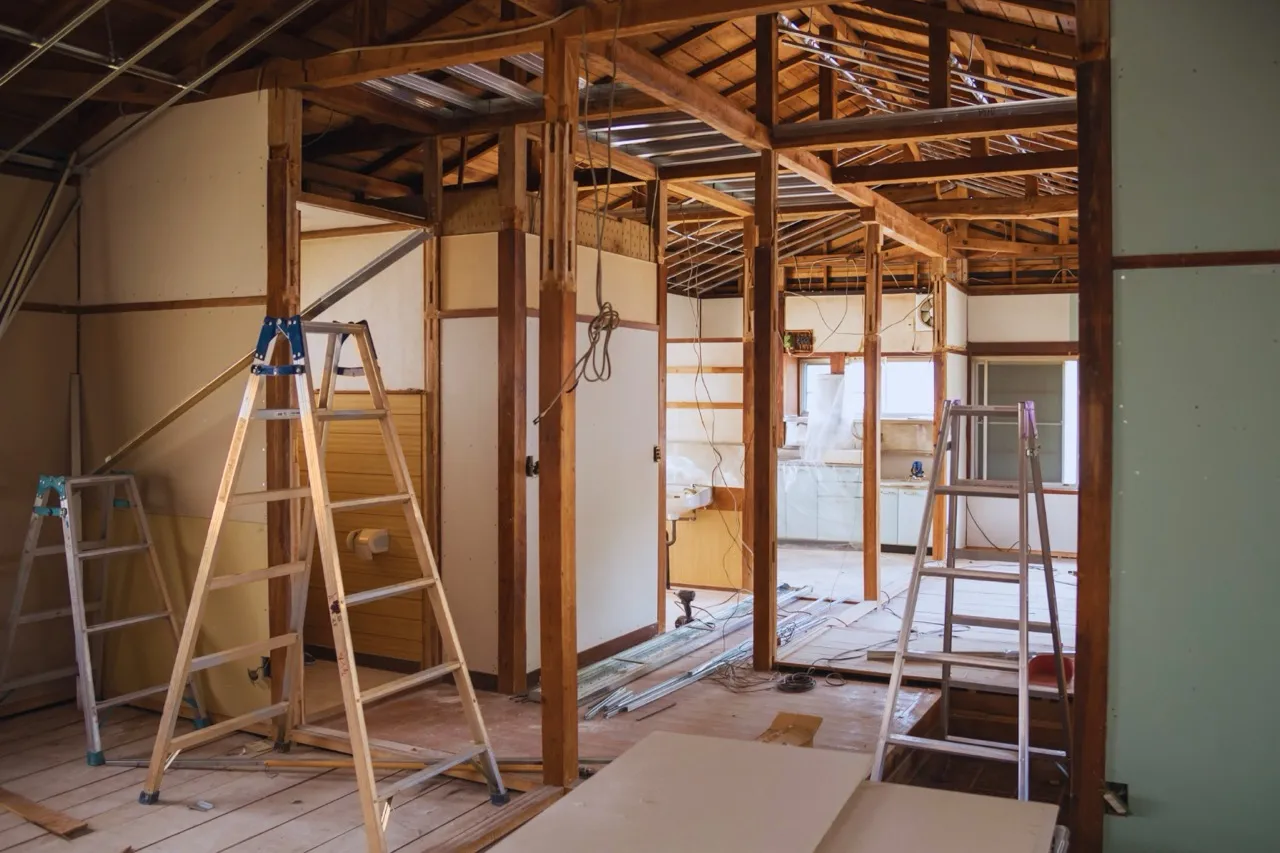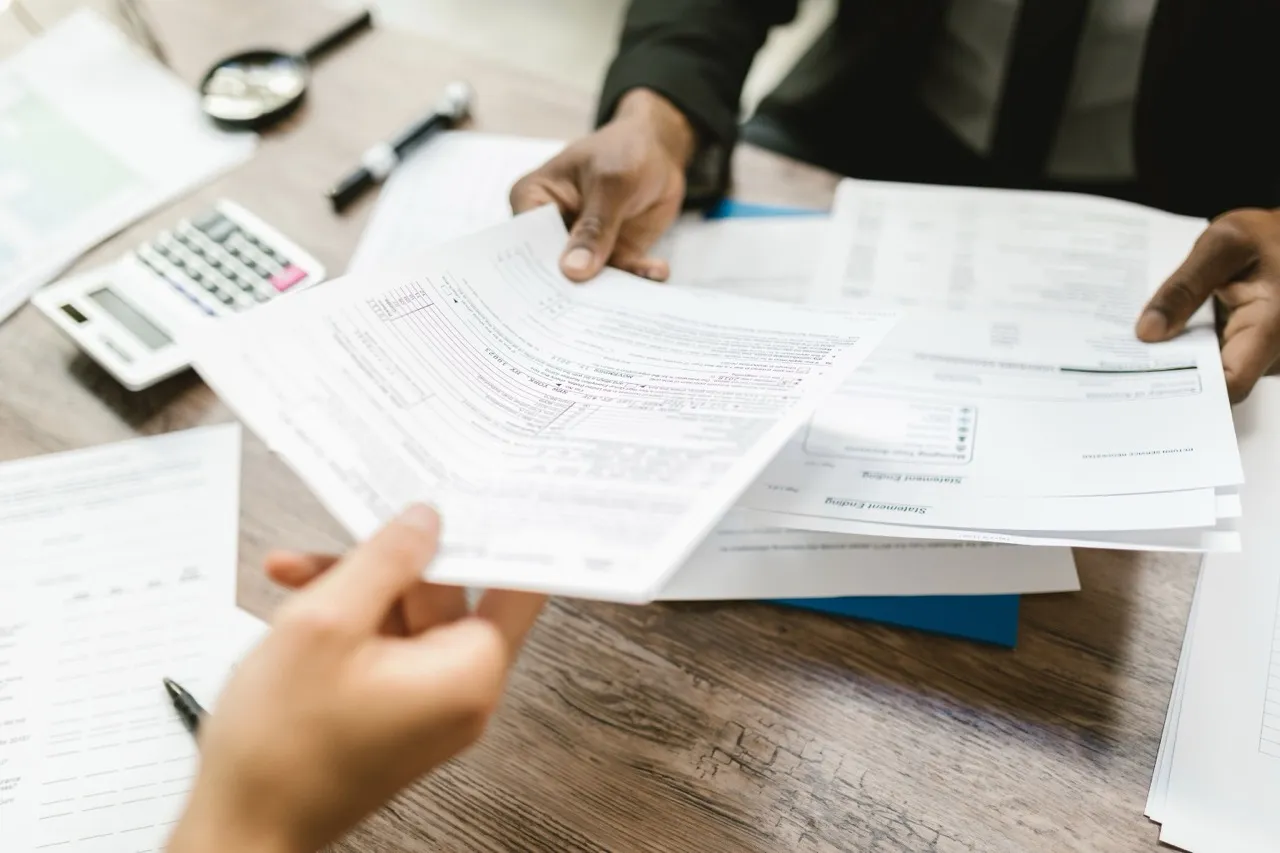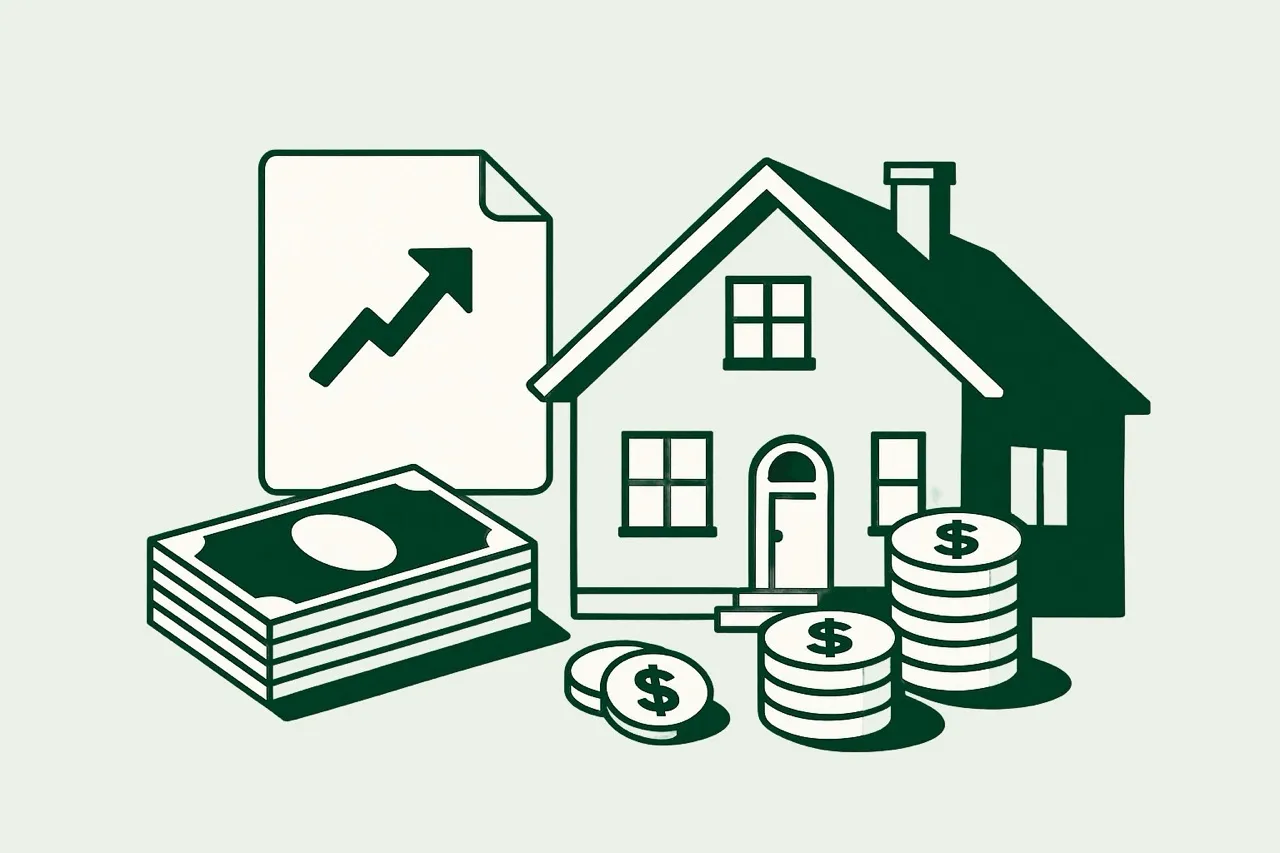For most homeowners, selling a home often means a profit, but it can also mean a tax bill. The amount of tax you may owe depends on your adjusted cost basis, not just what you originally paid.
By understanding how your basis is calculated and how to properly track improvements over time, you can minimize taxable gains and retain more of your home’s value. Here's how it works.
1. What Is Cost Basis?
Original Basis
Your original basis is generally the amount you paid to purchase the home, including:
- Purchase price
- Certain settlement and closing costs not deducted elsewhere
Examples of includable costs:
- Abstract fees
- Utility installation charges
- Legal fees related to the purchase
- Recording fees
- Survey costs
- Transfer taxes
- Title insurance
- Any seller debts you agreed to pay (e.g., back taxes)

2. Why Cost Basis Matters: Tax Impacts
Your adjusted basis plays a major role in calculating your capital gain when you sell your home:
Capital Gain = Selling Price – Selling Expenses – Adjusted Basis
Even if you qualify for a gain exclusion, it's important to calculate your basis properly to avoid overpaying on taxes.

3. Tax Implications When Selling a Home
Sale of a Primary Residence
You may be eligible for a valuable tax break under Section 121 of the IRS Code.
Section 121 Exclusion
What It Does:
Allows you to exclude part (or all) of the capital gains from taxation.
Exclusion Limits:
- Up to $250,000 (single or married filing separately)
- Up to $500,000 (married filing jointly)
Eligibility Requirements:
- Ownership Test: You must have owned the home for at least 2 years out of the last 5 years before the sale.
- Use Test: The home must have been your primary residence for at least 2 years out of that 5-year period.
(The two years do not have to be consecutive.)
Frequency Rule:
You may claim the exclusion once every two years.
Partial Exclusion:
If you don’t meet the requirements due to unforeseen circumstances, such as health issues or job relocation, you may still qualify for a partial exclusion.
Sale of a Secondary Home
If you're selling a vacation home, rental property, or any residence that’s not your primary home, Section 121 does not apply in most cases.
No Exclusion Available
- Secondary homes generally do not qualify for the capital gains exclusion.
- Partial exclusions may be available in rare, complex situations.
Capital Gains Tax Rates
- Short-Term Gains:
Owned for 1 year or less → taxed at ordinary income rates - Long-Term Gains:
Owned for more than 1 year → taxed at reduced capital gains rates (0%, 15%, or 20%, depending on income)
What If You Sell at a Loss?
- Investment Property:
Losses may be deductible as capital losses (subject to IRS limits) - Personal-Use Property (e.g., vacation homes):
Losses are not deductible
4. Capital Improvements vs. Routine Repairs
It’s important to distinguish capital improvements from regular maintenance:

5. Documentation to Keep
To support your adjusted basis, keep these documents for at least three years after the year you sell the home:
Example: Cost Basis Calculation Over 20 Years (Through Sale in 2025)
Here's a real example of how a homeowner tracked their cost basis through the sale of their property:
2025 Sale Price: $800,000
Gain Calculation
Tax Implications (Single Filer):
- With records: $62,000 over exclusion → Approx. $9,300 tax
- Without records: $242,000 over exclusion → Approx. $36,300 tax
- Tax Difference: $27,000
6. Why It Matters
Tracking and documenting your cost basis protects you from paying unnecessary taxes. Even if you qualify for a capital gains exclusion, an accurate basis ensures you're not overpaying if:
- You exceed the exclusion limits
- You own multiple properties
- You’ve made significant improvements over time
HouseFacts simplifies this process.
Keep your records organized, accessible, and ready, so you're prepared when it's time to sell.




